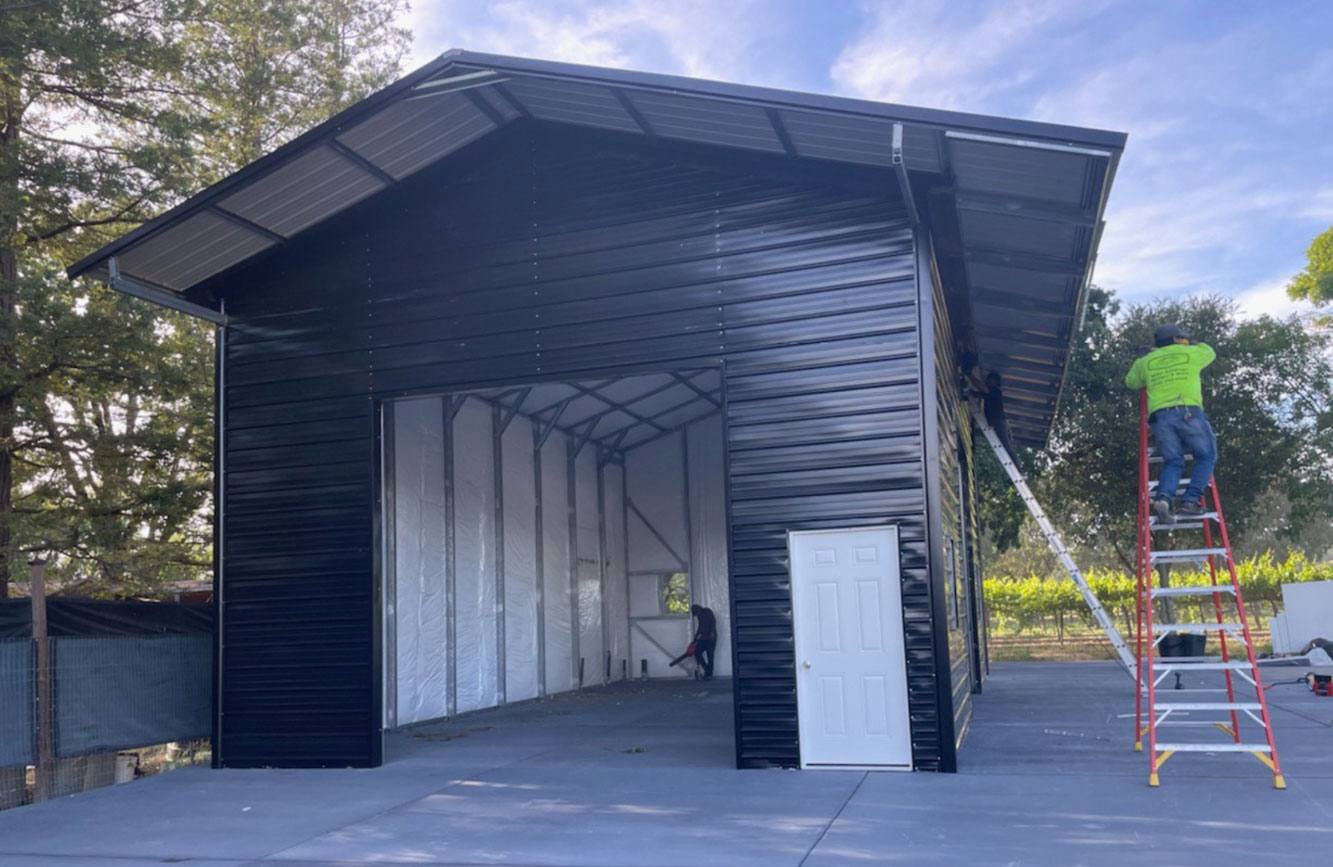
A certified metal building is a structure that meets specific engineering standards and building codes, ensuring its safety, durability, and compliance with local regulations.
These buildings are designed and constructed to withstand various environmental factors such as wind, snow, and seismic activity.
Certification provides peace of mind to property owners, ensuring that their metal building is not only structurally sound but also legally compliant.
Here’s a closer look at what makes a metal building certified and why it matters.
Engineering Standards and Design
Certified metal buildings are designed by licensed engineers who follow stringent guidelines to ensure the structure’s integrity. These guidelines take into account the local climate and environmental conditions, such as wind speed, snow load, and seismic activity.
The engineering process involves detailed calculations and simulations to ensure the building can withstand these forces without compromising safety. This thorough design process ensures that the building is robust and capable of enduring extreme weather conditions.
Compliance with Building Codes
Building codes are sets of regulations established by local, state, or national authorities to ensure the safety and health of occupants. Certified metal buildings must comply with these codes, which cover aspects such as structural integrity, fire safety, energy efficiency, and accessibility.
Compliance with building codes is essential for obtaining permits and passing inspections. This compliance ensures that the building is safe for use and meets all legal requirements, which can be crucial for property resale value and insurance purposes.
Quality Assurance and Material Standards
The certification process also involves strict quality assurance measures. Certified metal buildings are constructed using high-quality materials that meet specific industry standards.
These materials include galvanized steel, which offers excellent resistance to rust and corrosion, and other components designed for longevity and durability.
Quality assurance ensures that every part of the building, from the frame to the fasteners, meets the required specifications and contributes to the overall strength of the structure.
Benefits of Certification
One of the main benefits of a certified metal building is the assurance of safety and reliability. Property owners can have confidence that their building is constructed to the highest standards and will provide long-lasting performance.
Certified buildings often come with warranties that cover materials and workmanship, offering further protection and peace of mind. Certification can also make it easier to obtain financing and insurance, as lenders and insurers prefer structures that meet recognized standards.
Conclusion
A certified metal building is a highly reliable and compliant structure designed to meet specific engineering and building code standards. The certification process ensures that the building is safe, durable, and capable of withstanding local environmental conditions. Investing in a certified metal building provides peace of mind, knowing that your structure is built to last and meets all necessary legal requirements.